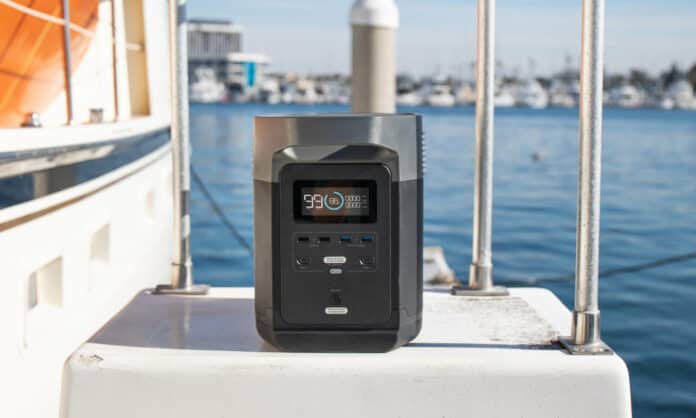If you’re looking for more information about the EcoFlow DELTA portable power station, our support specialists have rounded up some answers to your most popular questions.
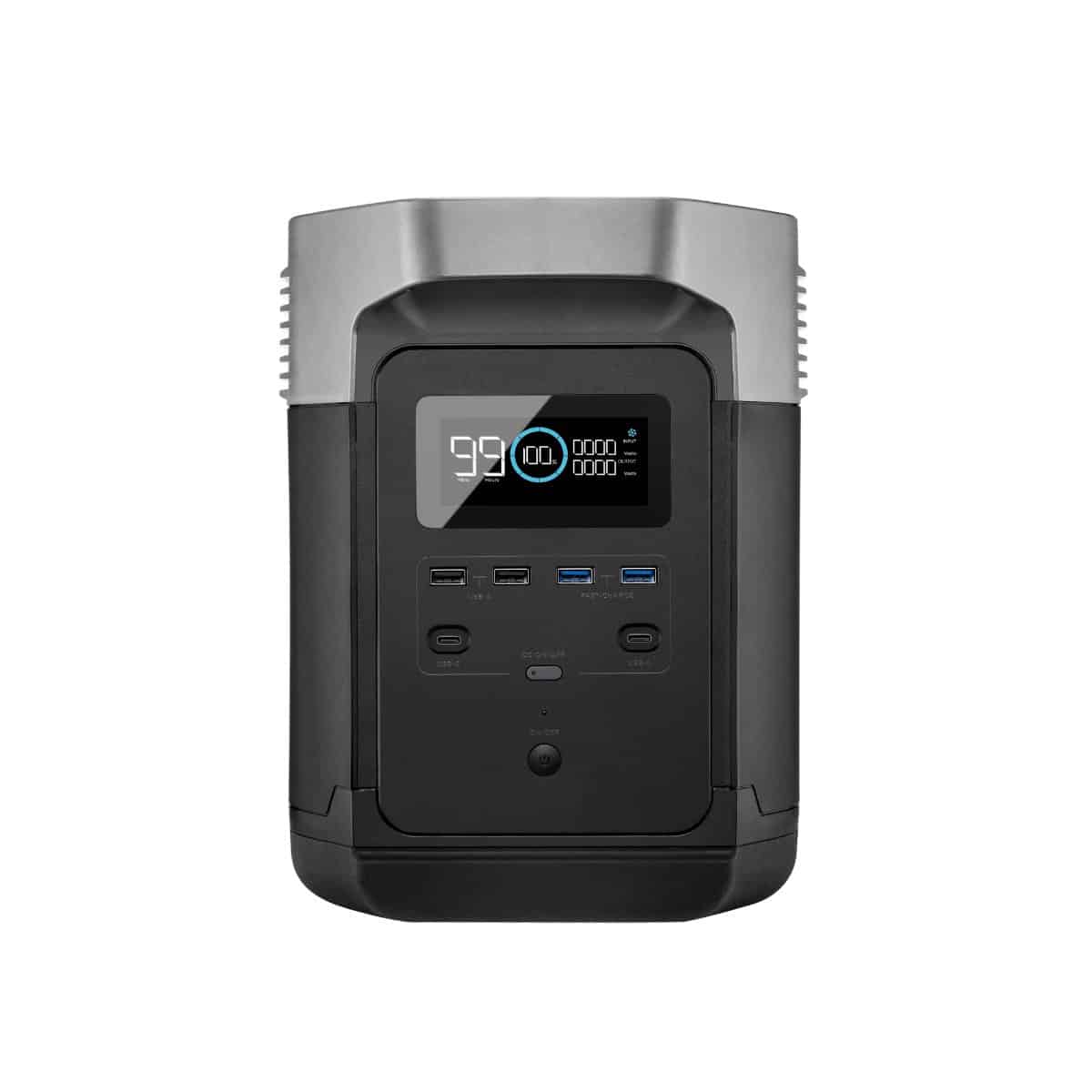
DELTA
| Capacity | 1260Wh |
| Output | 1800W |
| Solar Input | 400W |
General Overview
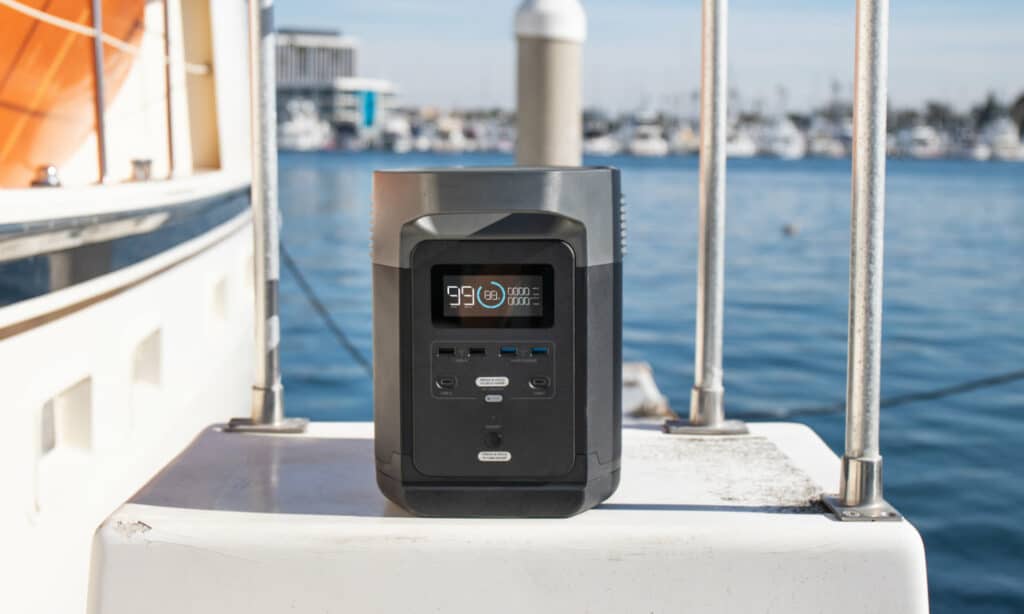
DELTA has a battery capacity of 1260Wh (350,000mAh).
DELTA’s battery maintains 80% capacity after 800+ cycles, which is much better than a phone or laptop battery.
1. Keep it within 20–30°C (68–86°F) and away from water and heat.
2. For safety reasons, do not store DELTA above 45°C (113°F) or below −10°C (−14°F) for extended periods.
3. For long-term storage, discharge the battery to 30% and charge it to 85% every three months (products that have not been charged and discharged for more than 6 months are not covered under the product warranty).
Charging
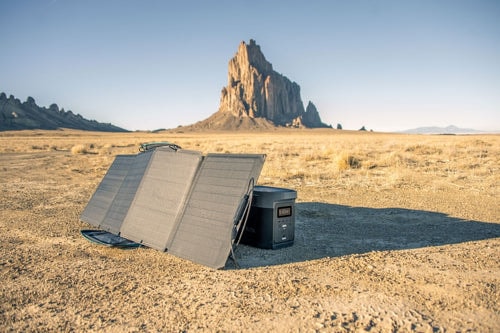
You can charge it from a wall outlet, car outlet, and solar panel. You can also charge it with a gas generator that provides AC power that is 220–240V (50Hz/60Hz) and at least 1500W.
Yes, DELTA can discharge when connected to an AC input, car outlet, or solar panel.
Yes, DELTA has a universal solar charging port, which makes it compatible with most solar panels that are 10–65V and DC 10A (max). We recommend using solar panels that have a combined wattage of around 400.

Output
Basically, DELTA can power anything that’s up to 1800W and that doesn’t peak above 3300W*. To put that in perspective:
Home Backup

Light
10W
36+ hrs

Washer
500-1000W
2+ hrs

CPAP
40W
18-22 hrs

TV
110W
9-18 hrs

Fridge
150W
7-10 hrs

Hair Dryer
1600W
0.6-3.3 hrs

Microwave
1000W
1-1.8 hrs

Coffee Maker
600W
60 Cups
Off-grid Life

Phone
3Ah
100+ X

Grill
1650W
0.6-1.2 hrs

Laptop
60W
16+ hrs

Frying Pan
1500W
0.7-1.2 hrs

Camera
18Wh
63+ X

Blender
400W
2.5+ hrs

Drone
60Wh
16+ X

Car
1800W
5-7 Km
Yes, as long as the combined output of what you’re charging doesn’t exceed 1800W*. We recommend testing your devices one at a time to see if they’re compatible with DELTA.
1. If you’re trying to power something through DC or AC charging, check that the ON/OFF buttons for AC and DC are on.
2. If a device is drawing less than one watt from DELTA, it won’t show up on the LCD screen even though power is going to it.
3. If there is an overload protection indicator on the LCD screen, it means one or more things are trying to pull more than 1800W (or 3300W during a surge)*.
*The 4-outlet version of DELTA has 11 outlets and output of 1600W (3100W surge).
Troubleshooting
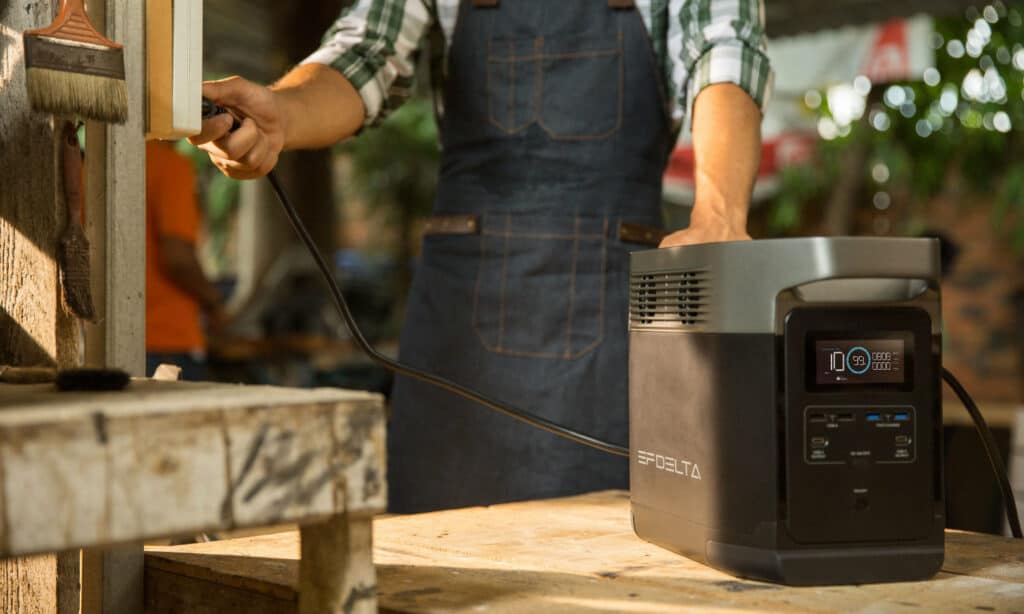
You can calibrate SoC (state of charge) by fully discharging and recharging the battery.
1. Make sure your vehicle’s engine is on when trying to charge DELTA.
2. If other devices with a car outlet plug don’t work, it could be a problem with your car outlet.
3. If a solar panel or a third-party XT60 cable can charge DELTA, it could be your XT60 charging cable.
No, but it can be used as an emergency power source (EPS). Here’s the difference.
When your DELTA is plugged into the wall, anything plugged into it gets power from the grid, not its battery. If power from the grid stops, DELTA automatically switches to its battery supply mode within 30 milliseconds. That means anything connected will not have power for 30 milliseconds, which may mean desktop computers and data servers turn off. UPS is not necessary for most devices, but you’ll have to determine this for yourself.
Place DELTA on a hard surface.
1. The battery may have died.
2. DELTA will automatically turn off if the AC and DC power buttons are turned off, and there is no input or output power for 30 minutes.
1. It might not have enough battery. Try charging it and restarting it.
2. If DELTA’s battery went to 0%, you might see an overheating protection icon on the LCD screen. Wait for the unit to cool before recharging it.
No, but you can connect up to 2 DELTA units for twice the battery life.
1. Fully charge both DELTAs.
2. Make sure they’re disconnected from the wall when being used.
3. Plug one DELTA into the other’s AC wall outlet.
We hope these FAQs answered your questions. If you have anything else you’d like to know, give us a shout at EcoFlow Support!







